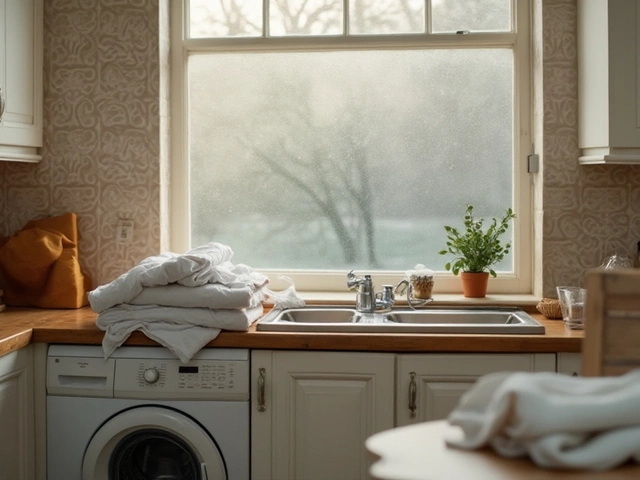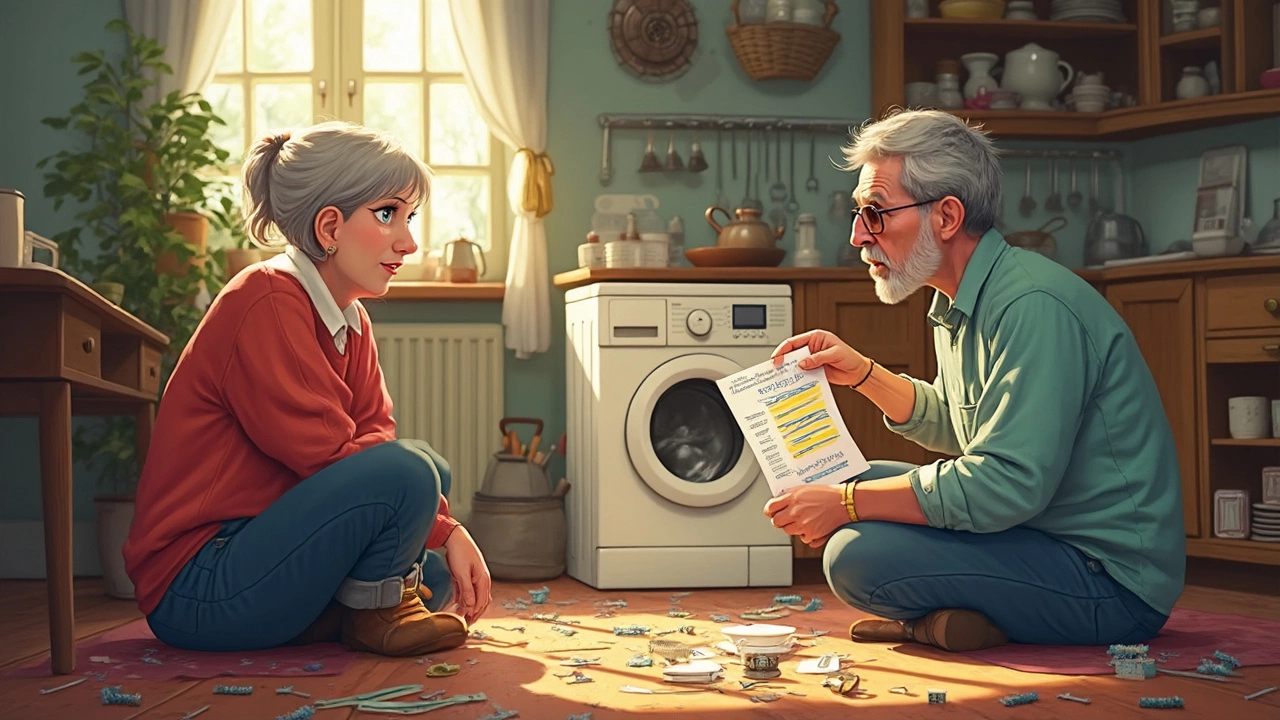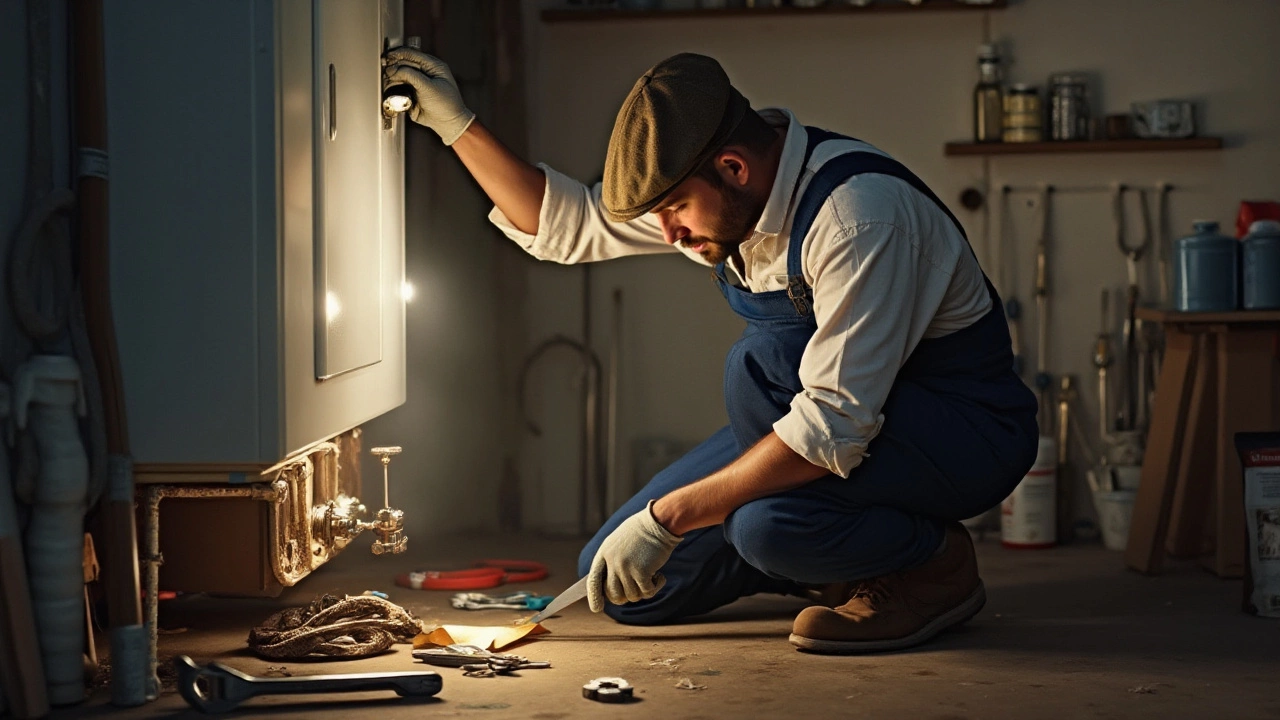Repair Tips for Everyday Appliances
Got a fridge that won’t cool or a washing machine that won’t spin? Before you pick up the phone, grab a pen and read these simple repair tips. They’re built around the most common problems you’ll meet in a typical UK home, and they focus on what you can do right now with basic tools.
Quick Checks Before Anything Else
Most appliance glitches have a quick, easy cause. Start by unplugging the unit, waiting a minute, and plugging it back in. This resets the electronics and often clears error codes. Next, look for obvious blockages – a clogged filter in a dishwasher, a dusty fan in a fridge, or a kinked hose on a dryer. Clear the debris, run the appliance, and see if it’s back to normal.
While you’re at it, verify that the circuit breaker hasn’t tripped. A simple reset can revive a dead oven or a silent extractor fan. If the breaker keeps flipping, it might be a sign of a deeper electrical issue that needs a qualified electrician.
DIY Fixes You Can Try Today
Fridge not cooling: Check the condenser coils behind or underneath the fridge. Dust them off with a vacuum brush. Clean coils improve heat exchange and can bring temperatures back to the right range.
Washing machine won’t spin: Look at the door latch. If the latch isn’t fully engaged, the machine won’t spin for safety. Clean any lint or grime around the latch and try again.
Extractor fan humming but not moving air: The motor’s likely jammed. Remove the fan cover, give the blades a gentle spin, and clear any buildup. If the motor still hums, you may need a replacement motor – a task most DIYers can handle with a screwdriver and a few minutes.
Oven temperature off: Many electric ovens have a simple thermostat reset. Locate the thermostat (usually behind the oven back panel), turn it a notch higher, and let the oven heat for 30 minutes. If it still runs cold, call a pro.
When you replace a part, keep the old one. It helps the technician know exactly what fits, and you might be able to reuse it if the new part turns out to be the wrong size.
Remember, safety first. Never work on a live appliance. If you ever feel unsure, especially with gas or high‑voltage components, stop and call a qualified repair service. A quick call to Rugby Appliance Repair Services can save you time and keep your home safe.
These repair tips cover the basics that solve most hiccups. Armed with this knowledge, you’ll know when a simple clean‑up will do, and when it’s time to call in the experts. Keep this guide handy, and you’ll spend less on unnecessary replacements and more on enjoying a smoothly running home.








